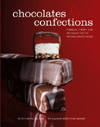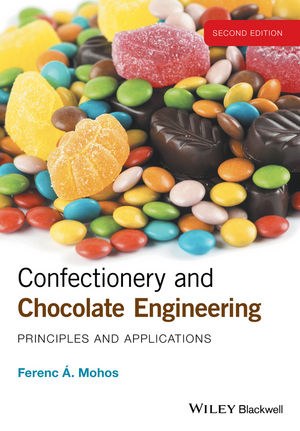We were able to talk to Chef Andrew Pingul, ofi (olam food ingredients), about flavor trends in the U.S. right now, and what trends may be on the horizon.
Liz Parker: What are the top flavor trends identified in the U.S. right now, and what international flavors are currently becoming more popular in the U.S.?
Chef Andrew Pingul: Our findings show that in the US, bold Asian-inspired flavors are emerging on the food and beverage scene, including lychee, miso, matcha, chilli, and yuzu. On the other side of the globe, traditional American flavors, like s’mores and cookies & cream, are becoming more popular in South Asian countries like Indonesia and India.
Globalization and the rise of social media mean that, increasingly, a local food trend can turn into a global phenomenon overnight. On top of this, we’re seeing a growing appetite amongst U.S. consumers for excitement and adventure, with people more open to trying new flavors and experiences. That’s helping propel the growth of flavors like matcha, miso, and lychee, and we can expect to see these traditionally Eastern flavors showing up more on U.S. menus and product offerings.
LP: What about pairings for cocoa, such as matcha and tahini?
CAP: To help our customers get ahead of these exciting new tastes, our ingredient innovation experts have identified the perfect cocoa pairings that will complement and elevate these emerging flavors.
Take matcha: we’ve identified that this flavor pairs perfectly with our deZaan N11N natural cocoa powder. This powder is slightly bitter, with delicate, fine fruit notes that linger along with its strong cocoa taste. These characteristics make it work brilliantly in a macaron with a sweet caramel-tasting filling.
Looking at tahini, its sweet and nutty sesame flavor matches nicely with our deZaan D23A cocoa powder, which delivers a creamy mouthfeel with mildly sour and fruity notes. This combination works particularly well alongside the sweetness of figs in a chocolate and sesame fig scone.
LP: How is ofi’s cocoa business able to predict growth in Eastern flavors in the U.S. food market by using AI-powered research?
CAP: We used an AI-powered platform to collate and process substantial data on emerging flavors across specific regions and categories. The analysis found that traditionally Eastern flavors were growing or emerging alongside cocoa on restaurant menus and store shelves in the US market.
We then used the knowledge and expertise of our innovation team to translate the data into a set of pairings and concepts inspired by future flavors about to hit the mainstream. We hope the research will provide our customers with insights and inspiration for the tastes and experiences US consumers will be seeking out in the near future, as well as show how the right cocoa powder can be a powerful tool in bringing to life on-trend flavor combinations and applications.
LP: What flavor trends will be popular for the rest of 2023 going into 2024?
CAP: We think the Asian-inspired flavors we’ve identified have the potential to grow in Western markets in the coming months. That will be combined with the underlying trends we’re already seeing from consumers demanding more health-conscious and sustainable products.
A great way to address growing consumer demand for better-for-me products with less sugar is using the right cocoa. For example, red alkalized cocoa powders offer a smoother and less bitter flavor profile, allowing manufacturers to reduce sugar content without sacrificing on taste. Exotic flavors like dragon fruit and yuzu, when blended with our natural cocoa powders, also bring out a punch of acidity and slight notes of caramel that can help create strong and appealing flavors in an application without the need for lots of added sugar. Plus, our cocoa ingredients can be offered as traceable or with sustainability certifications, meaning manufacturers can reassure customers regarding the impact of products on people and the planet, too.








